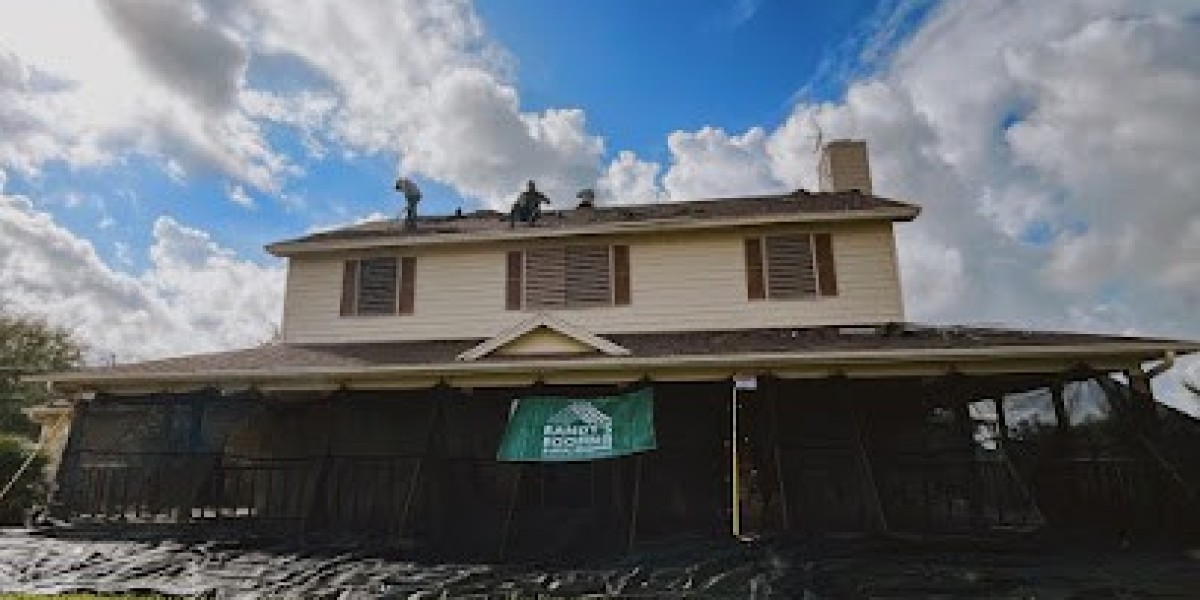A home’s roof is its first and most critical line of defense. It stands between your family and the elements—weathering sun, wind, rain, and time. Despite this, many homeowners don't give their roofs much thought until a major issue arises. Whether it’s a small leak, a missing shingle, or something more serious, maintaining your roof is essential to protecting your home’s structural integrity and long-term value.
Regular roof inspections, timely roof repairs, and knowing when a roof replacement is necessary can save you thousands of dollars and a lot of stress down the road. Let’s break down the key aspects of each.
The Power of Routine Roof Inspections
Homeowners often ask: “Is a roof inspection really necessary if there’s no visible damage?” The answer is yes. Even if your roof appears to be in good condition, damage can be hidden beneath the surface.
Professional roof inspections are designed to catch small problems before they become big ones. This process typically includes checking for broken or curling shingles, worn flashing, sagging areas, moss or algae buildup, and any signs of water damage in the attic.
In areas with harsh weather conditions—be it heavy rain, high winds, or intense sun—scheduling an inspection at least once a year is a smart preventative measure. Spring and fall are ideal seasons for inspections, as weather conditions are mild and give you time to make repairs before the extremes of summer or winter hit.
Why Timely Roof Repairs Matter
When an issue is found during an inspection or noticed by a homeowner, such as a leak, stain, or missing shingle, prompt roof repair is vital. Ignoring minor problems can quickly lead to larger, more expensive structural issues like wood rot, mold growth, or insulation damage.
Common reasons for roof repair include:
Cracked or missing shingles
Damage from fallen branches or debris
Improper installation of previous materials
Poor ventilation causing moisture buildup
Flashing failure around chimneys or skylights
A skilled roofing contractor will not only fix the problem but also assess whether the issue is isolated or part of a larger, underlying concern. When completed correctly, small repairs can extend the life of your roof by several years.
Knowing When It's Time for a Roof Replacement
While repairs are often the first line of defense, there comes a time when a full roof replacement becomes the more cost-effective and safer solution. Most roofing systems, depending on the material, last between 15 to 30 years. However, that lifespan can be shortened by severe weather, lack of maintenance, or poor installation.
Here are some signs you might need a roof replacement:
Your roof is over 20 years old and showing signs of wear
You notice large areas of missing or curling shingles
The roof is sagging or uneven
There are multiple leaks in different locations
Shingle granules are appearing in your gutters
You’ve had to make frequent repairs over the past few years
Replacing a roof is a significant investment, but it’s also a critical one. A new roof boosts your home’s curb appeal, increases resale value, and can significantly improve energy efficiency with updated insulation and materials.
Choosing the Right Contractor
Whether you’re scheduling an inspection, needing a minor repair, or planning a full replacement, choosing a licensed and experienced roofing contractor is key. Look for companies that are well-reviewed, insured, and transparent about their process and pricing.
Always ask for a written estimate, warranty information, and check their references. A trustworthy contractor will guide you through your options and make sure you understand every step of the work being done.
Frequently Asked Questions
1. How often should I get my roof inspected?
It’s recommended to have your roof professionally inspected at least once a year, or after any major storm event. Spring and fall are ideal seasons for inspections.
2. Can I repair a leaking roof myself?
While some homeowners try DIY repairs, it’s safer and more effective to hire a professional roofer. They have the tools and training to fix the issue correctly and ensure there aren’t hidden problems.
3. How long does a roof typically last?
The lifespan of a roof depends on the material. Asphalt shingles usually last 15–30 years, while metal, tile, and slate can last 40–70 years with proper maintenance.
4. What’s included in a professional roof inspection?
A complete inspection includes examining shingles, flashing, gutters, attic ventilation, insulation, and the structural integrity of the roof. Moisture checks and photos are also commonly included.
5. Is a roof replacement covered by insurance?
Roof replacements due to sudden damage (like from a storm) may be covered by your homeowner’s insurance, but wear-and-tear from aging usually is not. Always check your policy and file claims promptly when damage occurs.









